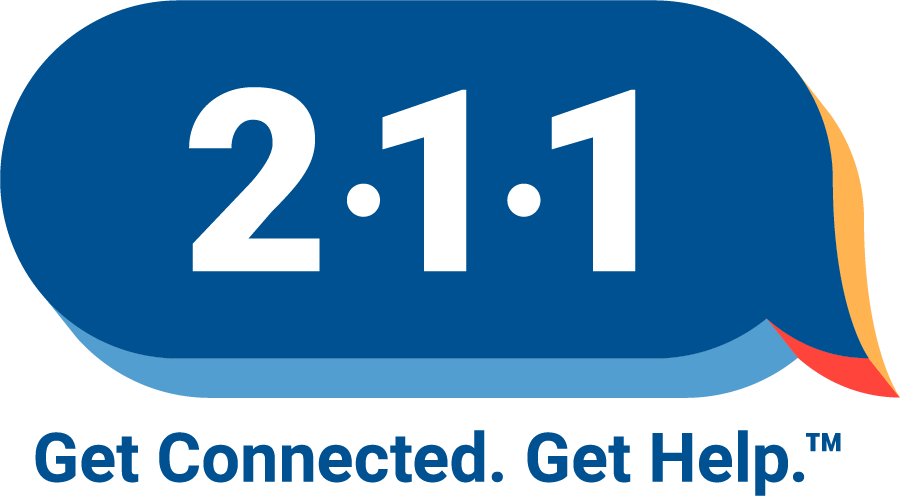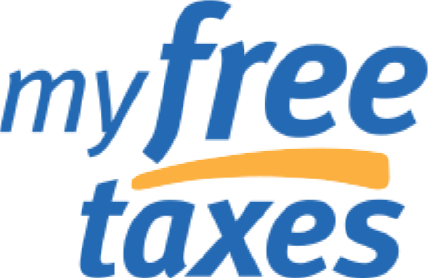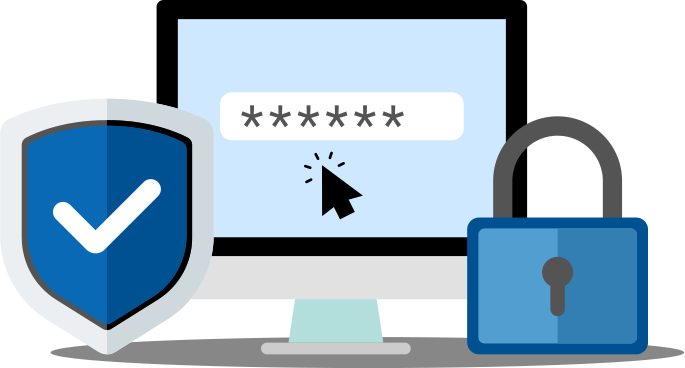Advocating for Broadband Access for All

Read time: 7 minutes
High-speed internet access—also known as broadband—is essential for economic competitiveness and quality of life. For more than a decade, it has even been official federal policy that every American should have affordable access to broadband.
Yet about 15% of Californians do not currently have broadband access, according to the Public Policy Institute of California. Plus, of those with low incomes who do have broadband, many are paying way too much for that access. And we expect both of these numbers to increase in the coming months. What’s more, this is disproportionately affecting low-income, rural, migrant, and tribal communities, who already face systemic barriers that often result in a lack of access or support.
The Affordable Connectivity Program Was Critical
Many low-income families rely on mobile phones for internet access, but a smartphone isn’t an adequate substitute for broadband serving an entire household. Common tasks like homework, job applications, applying for government benefits and services, and finding and accessing healthcare are a lot more difficult on a small screen, especially when that screen is shared among a family.
Since 2011, United Ways of California and our California United Way network have been helping low-income families get broadband access at home. Thankfully, in that time, we’ve seen a significant boost in the number of affordable plan options for low-income families and the number of households with broadband. One of the biggest supports in this area was the Affordable Connectivity Program (ACP), which provided low-income households with subsidies—up to $30 a month for most qualifying members and up to $75 per month for those on Tribal lands—to cover broadband internet costs.
“Getting connected to a low-cost internet plan has done so much more than just save me money every month,” a community member accessing the ACP shared with us. “Now that most things like job postings, banking, benefit program applications, educational materials, and so much more are online-only, being able to access this digital space without worrying about not being able to afford it is life changing for me and my family.”
But federal funding for ACP ran out in May, and the program has shut down. That means 23 million households in the U.S.—including about 3 million Californians—could lose their connectivity. While many providers have decided to extend the reduced pricing to ACP consumers through the end of the year, 2025 could then bring with it big spikes in monthly internet bills.
According to BroadbandNow, without the help of government programs, nearly three-quarters of Californians have to spend more than $60 a month for broadband internet. We know that when making decisions about which bills to pay, broadband is often one of the first things to go. According to a recent Federal Communications Commission (FCC) survey, 77% of respondents enrolled in ACP reported that losing ACP benefits would make them change their plan or stop broadband service.
And that doesn’t even factor in the 30 million eligible households across the country who hadn’t yet accessed the subsidy but could benefit from it.
United Ways of California is still providing tools to help Californians connect to low-cost commercial plans, and the FCC’s Lifeline program will continue to provide small internet subsidies to those who are eligible. Other broadband infrastructure investments, like the Broadband Equity Access and Deployment Program, and government requirements for low-cost plans continue. There’s so much more work to do, though.
Existing Low-Cost Plans Aren’t Enough
According to a recent Federal Communications Commission survey, 68% of ACP-enrolled households had no or inconsistent broadband before enrolling, with 80% of these households saying affordability was the reason. In 2022, the National Telecommunications and Information Administration found that households that did not have internet because it was too expensive are more likely to have household incomes under $25,000 and identify as people of color.
While low-cost commercial broadband plans are a good start, they:
- Will not be able to fill the gap left by ACP ending
- Often provide bad customer experiences
- Often don’t provide speeds that meet the real needs of a family in today’s digital world
- Do not address access limitations for those who can’t even get service in their area
Low-cost commercial plans aren’t available everywhere. In sparsely populated rural areas and in metropolitan areas where residents’ incomes are very low, companies have hesitated to build the infrastructure to provide this essential service because they don’t think there’s enough potential profit.
When the low-cost commercial plans are available, different providers have different eligibility rules, applications are cumbersome, companies often try to mislead and upsell, and it can take weeks to get the service installed. And for itinerant workers who move throughout the year and aren’t guaranteed to return, getting a plan for the space they’ll only occupy for a short period isn’t worthwhile (or sometimes even possible).
Further, if a household is already a customer of the provider, they can’t transition to the lower-cost plan without closing their existing account and going without service for at least 30 days. This is a real barrier for many. For example, a single mother whose child needed home internet service to be monitored for a heart condition couldn’t go without the service for 30 days to get the lower-cost plan, and there weren’t other providers available in their area to switch to. She had no choice but to continue paying $90 a month for a service she was eligible to receive for $20.
Moving Forward
California is investing billions in Broadband for All, with the goal of expanding broadband access to reach unserved or underserved areas. Through this initiative, the state is building a new public “middle-mile” network and offering grant funding to providers and entities to provide the “last-mile” connections, serving as internet service providers (ISPs) directly to unconnected households.
Concerningly, a recent report by LAist found that many of the LA County applications to the state Broadband for All program would expand access in affluent, already-served areas. This discrepancy between applications and intention has a lot to do with large ISPs applying for funding as well as inaccurate maps of where broadband underservice truly is, allowing ISPs to apply for the funding to serve areas based on the flawed maps and in more affluent areas rather than based on the true need.
Without intentionality in their selection process, the state could risk pouring billions of dollars into a program that doesn’t actually create more equitable broadband access. If the program can take steps to ensure equitable allocation of the funds—including by directly involving cities, schools, and other local entities directly tied to those lacking access—the state investment via Broadband for All has the potential to make great strides to close the digital divide.
Where do we go from here?
We need:
- Congress to understand that the discontinuation of ACP is serious and to take action to support the renewal of the program
- Accurate mapping of broadband access (maps currently rely on reports from internet service providers, but many studies show the maps are inaccurate; for example, a study by Fresno Unified School District found that the true number of underserved families in their region was 12x what the official maps said, and The Markup found “digital redlining,” or significant disparities for people of color and people with low incomes, in urban areas)
- To include those who lack broadband access in the planning and decision-making process around broadband solutions
- Those working to expand digital access to work together to help streamline efforts and amplify our voices
- To ensure that efforts to increase broadband access through expanded networks, low-cost plans, and subsidies continue, expand, and truly meet the needs of unserved and underserved Californians
- To find and replicate creative solutions that result in truly equitable access; for example, school districts can help address the divide, or perhaps California should even go further and treat broadband access like it treats food through the free-and-reduced price lunch program
- Solutions to make commercial carrier plans more accessible and fair
- Broadband infrastructure that can be resilient in the wake of natural disasters
- The selection committee for the Broadband for All program in California to ensure an equitable share of funding goes toward solutions that will connect communities with low average household incomes
At United Ways of California, we’re working hard to find other ways to bring affordable, quality internet to all Californians. If you’re looking for a way to get involved, here are a few questions for consideration:
- How does the digital divide affect your community? How can you lift this up with your elected officials?
- What groups of people in your community are working to close the digital divide? How might you partner with them or bring these groups together?
- What options exist at the local and state levels to address digital gaps? (For example, LA County is launching its own low-cost, broadband for low-income residents in certain neighborhoods, and Lindsay Unified School District worked with private industry as well as city officials to ensure all of their students have internet access 24/7, at school and at home.)
Imagine if every Californian could access affordable high-speed internet that meets all of their household’s needs in today’s increasingly digital world. We could increase access to healthcare, education, and so much more for millions of Californians, who wouldn’t have to worry about whether to pay their Internet bill or buy food for their family. Let’s work together to make this a reality.
To explore tools that help families understand their low-cost internet options even without ACP, visit broadband.unitedwaysca.org or text INTERNET to 211-211.
If your organization or group is interested in partnering with United Ways of California to support policies or work to close the digital divide, contact us.



